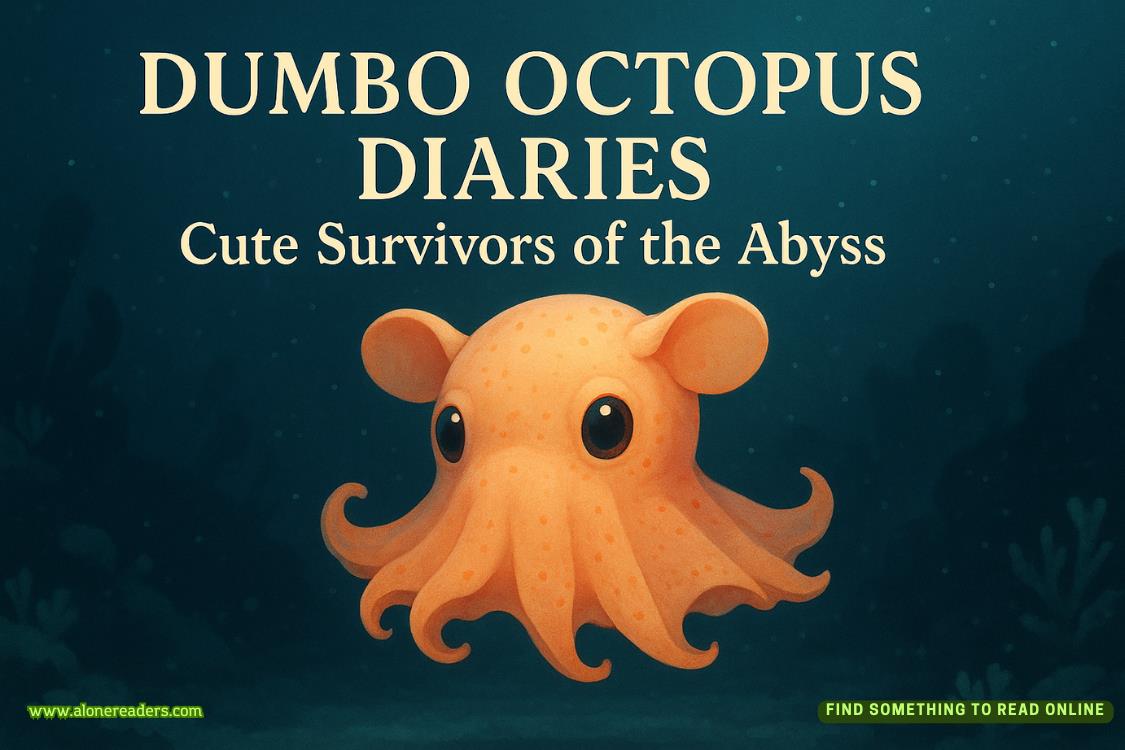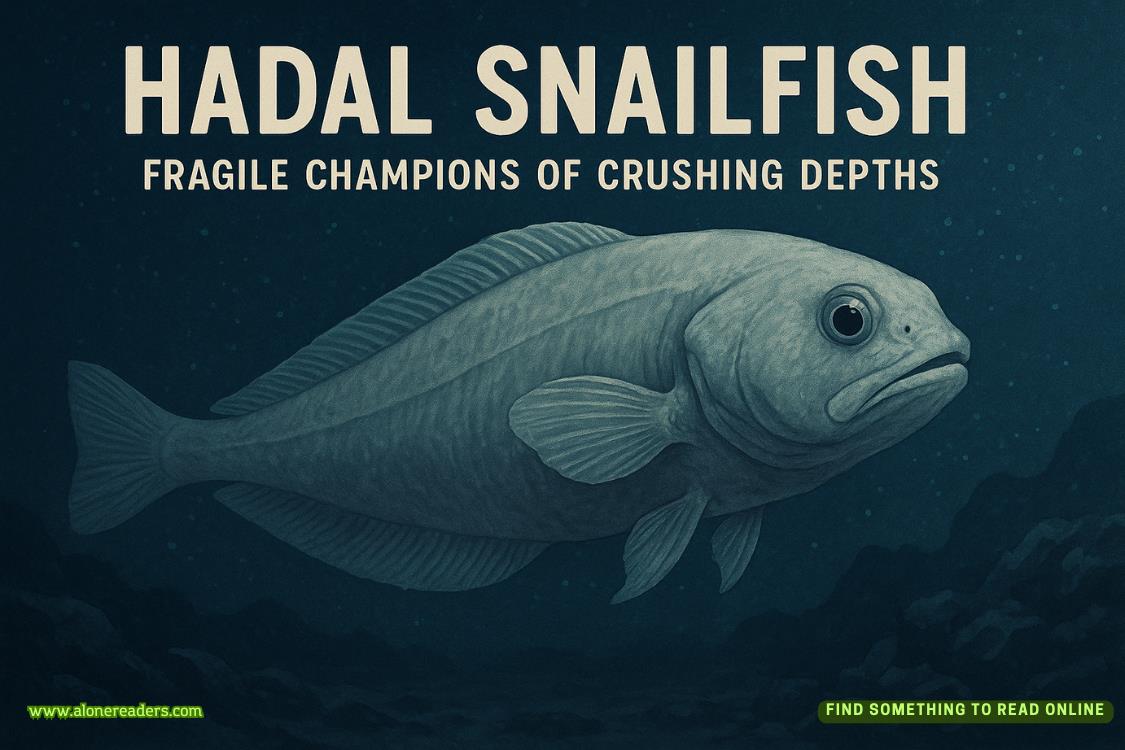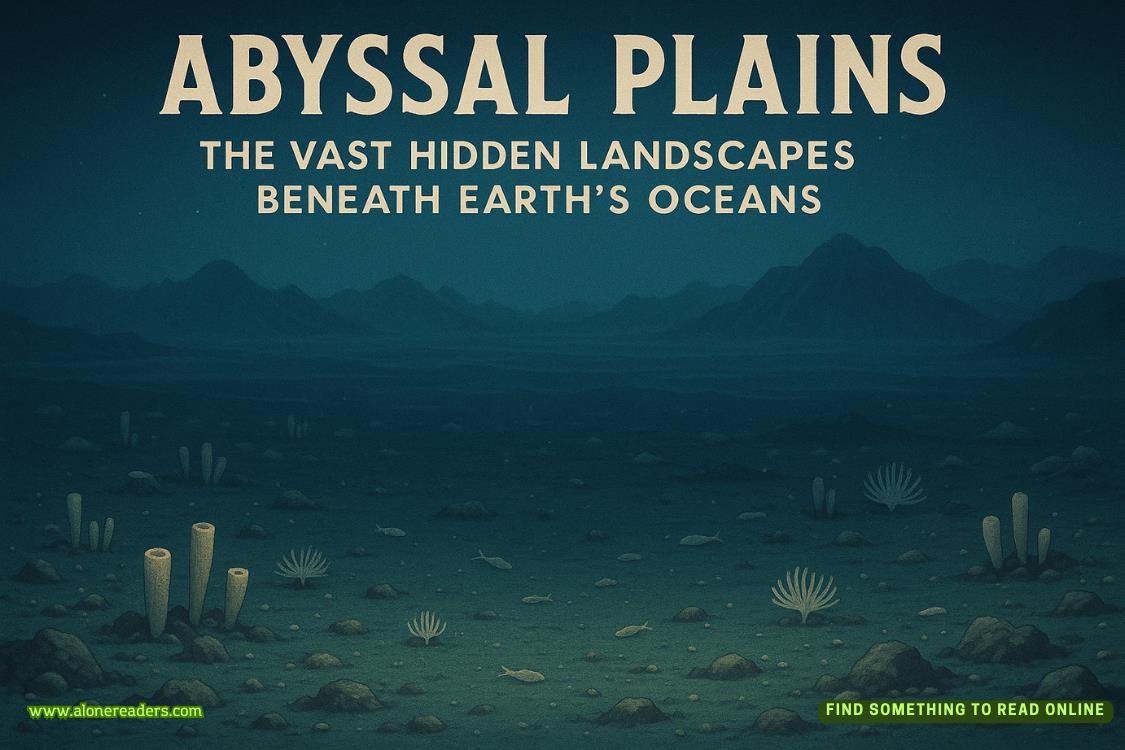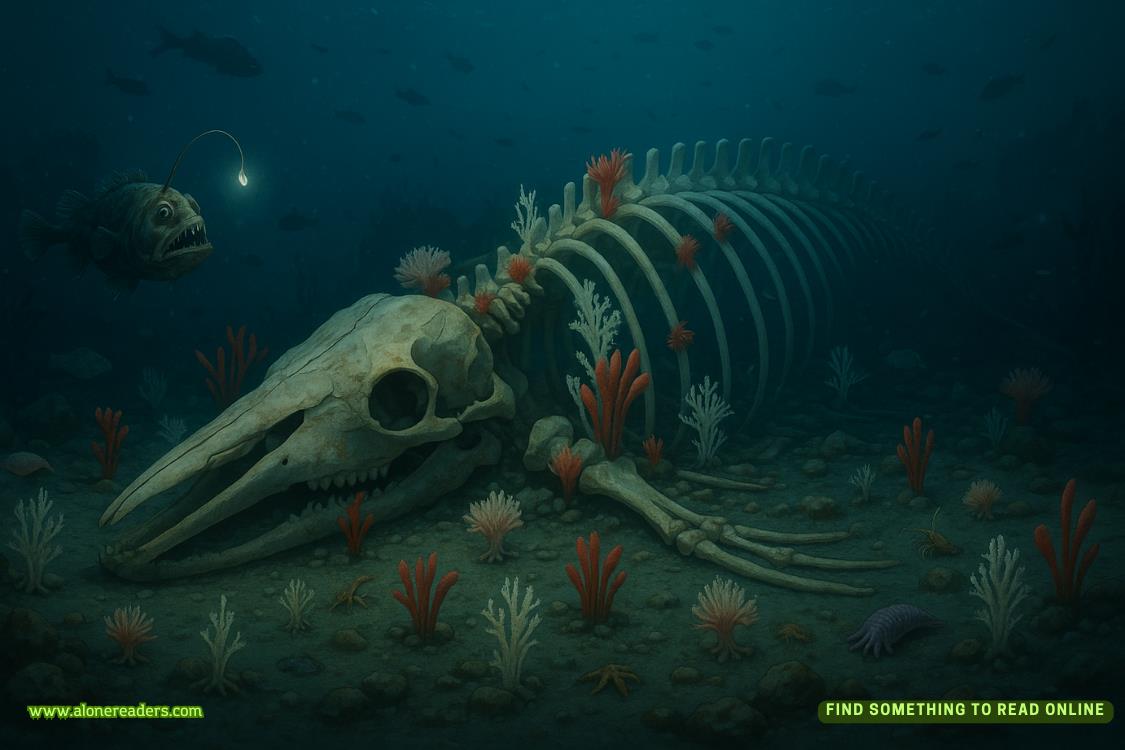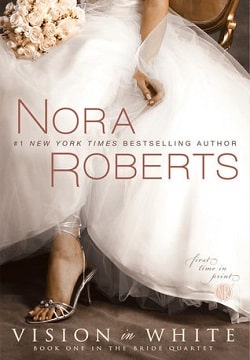Introduction
When I was fourteen, I fell in love with a vampire.
A new library had opened up in our neighborhood, and I met a friend there on Saturdays to talk about boys as well as books. In England at that time, there was no such thing as a young adult section. Once you felt you were too old to be seen in the children’s room, you were forced to scan the adult shelves, full of boring, monochromatic re-bindings and obtuse dust jackets which promised little to a teenage girl. It was a real chore to find something of interest and, unlike these days, there didn’t seem to be a librarian ready to make plausible suggestions. But I was on a mission, and it was in the adult section that I discovered my first vampire novel, The Shiny Narrow Grin by Jane Gaskell.
The Shiny Narrow Grin was a real young adult book before that category existed; complete with a heartless teenage girl who had many problems, including selfish divorced parents, a clueless boyfriend called Fishfinger whom she treated badly, and a vampire who loved her because she was the shallowest person he’d ever met. At the end, the vampire came for her and asked her to join him. “Go with him! Go with him!” I whispered urgently, but the author never said what the girl’s answer was. It made me crazy!
I had always loved monsters.
When I was a preschooler, my father sat me on his lap and told me the plots of old horror movies about Dracula and Frankenstein. I knew all about Boris Karloff, Bela Lugosi, and Lon Chaney, Jr., before I ever saw any of their movies; and I knew about the monsters they portrayed long before I read books by Bram Stoker and Mary Shelley. It was delicious to be scared yet safe in my father’s arms. I might have been the only five-year-old in England who knew all about Sweeney Todd, the demon barber of Fleet Street. I carried that early enjoyment of monsters with me as I grew into a reader.
The Shiny Narrow Grin was the perfect book for me. The main character wasn’t much older than I was then, doing things I would have loved to do, like hanging out at mod clubs in 1960s London, and there was a supernatural element to the story. I was smitten by the pale young man who appeared in a few suspenseful scenes, and became mesmerized by the whole concept of teen vampires. But the vampire wasn’t in the book enough. I wanted more! I fantasized about what happened after the book ended. I daydreamed about vampires falling in love with me. Finally, I responded in poetry—a pretentious, overwritten, dreadful sequence of poems interspersed with prose, called The Saga of the Vampire, scribbled down in a diary with a red cover. The story involved a human girl, strangely nameless, and two vampires—the good Simon, who loves her, and the evil Nick, who wants to destroy their love. Of course, Simon wins in the end, but he has to turn the girl into a vampire just like him to save her. “And they flew off together, two black shapes against the moon.”
When I was fifteen my family moved to Washington, D.C., and right before we left I did a terrible thing, especially for a future librarian—I went to the library and checked out The Shiny Narrow Grin so I could bring it with me. How could I leave it behind? (Karma has since caught up with me, however, as librarians tell me repeatedly that mine are among the books most often stolen from their libraries.)
I continued to read, read, read, and didn’t much worry that in the fantasy and science fiction I liked the most, the characters were usually adult and male. My love of books led me to earn an English literature degree in college; then, having no idea how to get a job with that, I decided to enroll in graduate school to become a children’s librarian. I didn’t know that there were books written specifically for teenagers until I came across them on my graduate school reading lists—books by people such as Robert Cormier, William Sleator, and S. E. Hinton. Wow! Look what happened when I wasn’t paying attention! I made up for lost time and gobbled them down.
After graduate school I became a children’s librarian, but I also continued to write. I had some poetry published in a few small magazines, many of them science fiction oriented, and I began to write short stories, which were rejected when I submitted them. After a while, I realized that my main characters all seemed to be teenage girls. I thought about those great young adult books I had discovered. Maybe I should be writing for teenagers. With that in mind, I signed up for a local conference on writing for children and teens organized by the Children’s Book Guild of Washington, D.C.
At the conference, I took a class with a wonderfully helpful writer named Larry Callen. Soon after, I received an invitation from him to join a writing workshop that he taught. It was in that group, which met in a church, that I first shared with a wider audience my short fantasy stories, in which teenage girls often met with untimely ends. Larry never flinched, although I could tell he was highly amused sometimes at my take on fiction; instead, he shared his great insight into the writing process and incredible knack for homing right in on the problems of a story. He could point out these problems so gently and positively that you never, ever felt criticized or slighted. I learned so much from him.
As people dropped out and the writers’ group eventually disbanded, Larry invited me to join another, more established group that met much further away. The problem was that I didn’t drive back then and didn’t know how I could attend these meetings at night and get back home at a reasonable time. Larry had the solution: he would pick me up from work and take me home after the meeting. Wow! He had that much faith in my writing.
It was Larry who said to me on one of those rides home after writing group, “Annette, your short stories are not short. You want to write a novel.”
“Nooooooooo!” I protested. “Novels are long. I’ll never finish!”
And it was Larry who refused to let me weasel out of doing it.
But what could I write a whole book about? What did I like when I was fourteen or fifteen? I asked myself. That’s when I remembered those vampire poems. I rummaged through some boxes until I found the old red diary; then I sat on the floor to eagerly read The Saga of the Vampire from start to finish. Oh my God, the poems were dreadful, but when I’d finished cr
inging and laughing hysterically, I stole from myself.
I told Larry my idea of a romance between a girl and a vampire, and he asked me, “What would make a teenage girl so lonely and isolated that she would be susceptible to the charms of a vampire?” That was a great question! After I thought about it for a while, I decided that a dying mother and a friend moving away were both perfect answers, and then I discovered that these subplots lent all sorts of shadings to Zoë’s relationship with Simon. Many times since, I’ve found that in answering a question about a character, I’ve enhanced the plot. Much of my writing process is asking and answering questions.
Larry Callen and my writing group gave me advice every step of the way as I was writing The Silver Kiss, and I enjoyed reading the story aloud to them chapter by chapter. I was so excited about it that I even wrote on the bus going to and from work, and when Larry picked me up each week for the writing group meeting, he often found me on a bench outside my library, hurrying to finish another chapter so I could read it that night.
When I had finished The Silver Kiss, Larry asked his own editor to read the manuscript. I was thrilled that Larry had so much faith in my work. I was even more thrilled when that editor phoned me up. A real editor phoned me! It wasn’t to buy the manuscript, however; it was to give me some advice.
“You’re really inside the head of that vampire,” she said. “I can really feel where that vampire is coming from. It’s the teenage girl you need to work on.” She paused, then laughed. “I don’t know what that says about you.”
After I got over the disappointment and thought about what she had said for a while, I realized she was right. In a sense, the problem went way back before The Silver Kiss, back to those first poems in which both the vampires had names but the girl was nameless. It was the vampires who had always fascinated me. Even though I had patterned Zoë a little bit on me, I had spent more time creating Simon.
I set to work reading everything I could find about characterization. I inhaled what other writers said about how they made their characters come alive. I made a huge list of things to think about based on everything I read. Then I spent a year revising my manuscript, trying to apply everything on that list to Zoë.
Finally, I returned the manuscript to that editor, but she sent me a form rejection letter—“Sorry, your book doesn’t meet the needs of our list at this time.…” Argh!!!!
But she had done me a huge favor. She’d made me think about how to create characters, and The Silver Kiss and every book since was strengthened because of it. I put away that list, and I have never used it again.
Larry and my writing group encouraged me to keep on sending the manuscript out, which I did—with no luck. However, assuming one has written something good to begin with, personal contacts can be important. And it turned out that being a librarian played a large role in helping me become a published author. I had reviewed books for School Library Journal for quite a few years and had written a couple of articles for that magazine. During the time I was sending out The Silver Kiss to publishers, I received a letter from the SLJ editor I had worked with. He said he was now at Delacorte Press but would like to keep in touch, because the publisher liked to hear what kids were asking for at the library.








